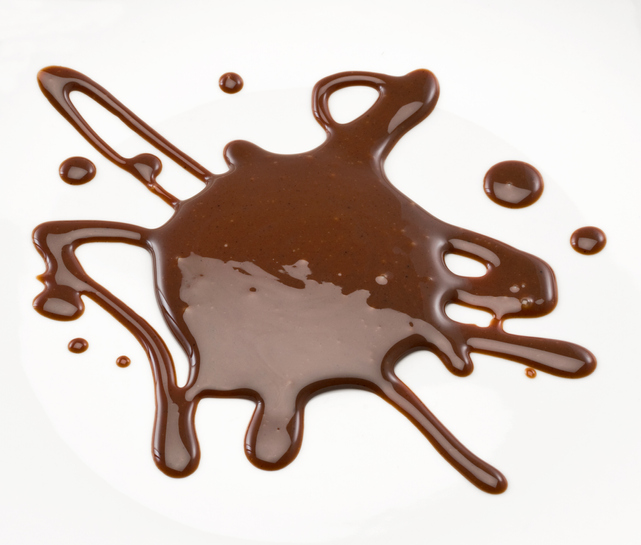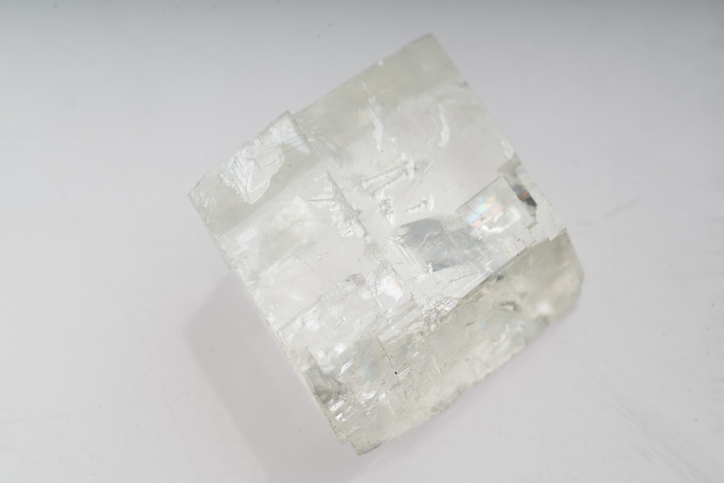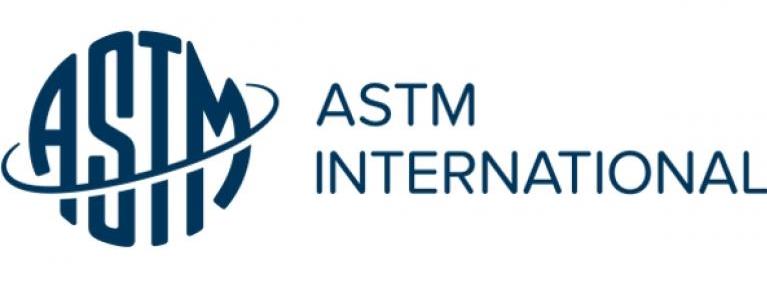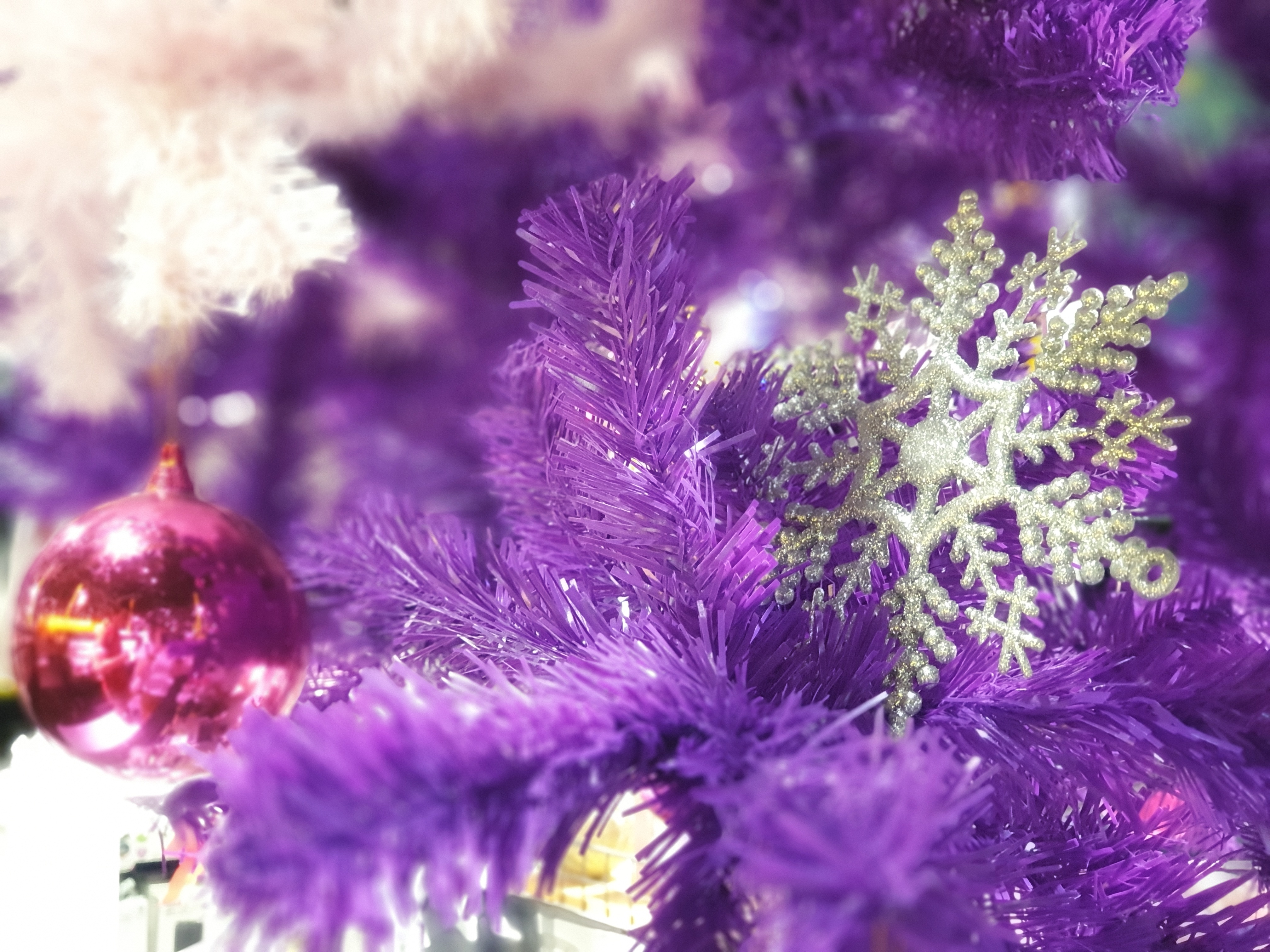In Hot Water
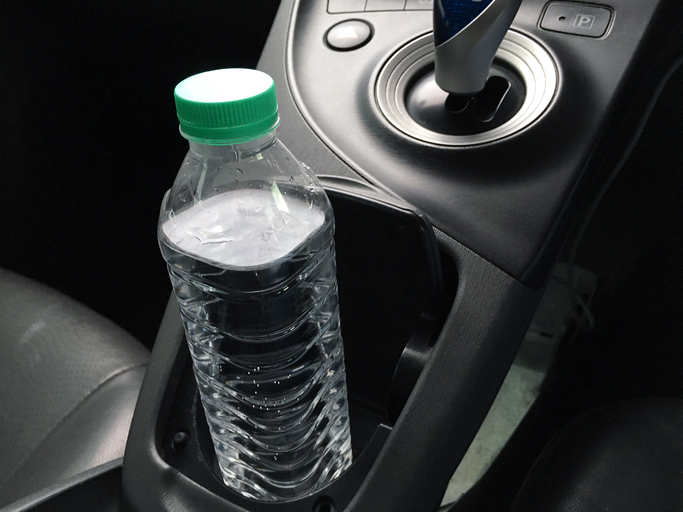
As summer sets in, it’s not unusual to leave a water bottle in the car and forget about it. In the summer heat with the car windows down, it is possible for that PET (polyethylene terephthalate) water bottle to become a lens, concentrating the sun’s energy onto your car cushions (or that stack of junk mail you tossed into the backseat) and starting a fire.
Into Focus
Water is usually associated with putting out fires, rather than starting them. Much like a kid burning ants with a magnifying glass, the clear, spherical bottle full of clear liquid converges the sunlight onto a flammable point. Although your car cushion fabric is engineered to be as flame-retardant as possible, the pile of junk mail is not as well designed. Is it really likely that your forgotten water bottles will be optimally positioned to produce a focused beam capable of combustion? It is rare, but it can happen; some fire departments are urging the public not to leave bottles in cars.
Leachables in Your Bottled Water
Depending on how long the bottle has been sitting in your car, exposure to sunlight may accelerate the breakdown of the PET, releasing BPA and antimony into that disgustingly warm drink of water. As unappetizing as the leachables may sound, current research[1] has put those levels well below the safe limit, even for bottles stored in hot conditions for long periods of time. The FDA evaluates new research on BPA, but has not changed the acceptable levels of the material in food containers and packaging.
At Cambridge Polymer Group, we test leachables for packaging, pharmaceuticals, medical devices, food products, and cosmetics. Leachables aren’t always as harmless as the insignificant amount of BPA in your bottled water, and testing for them in the development stage of your product can reduce your litigation risk.
The odds of your car water bottle starting a fire or leaching unsafe levels of BPA and antimony are small, but it’s better to be safe than sorry. Keep calm and clean your car.
